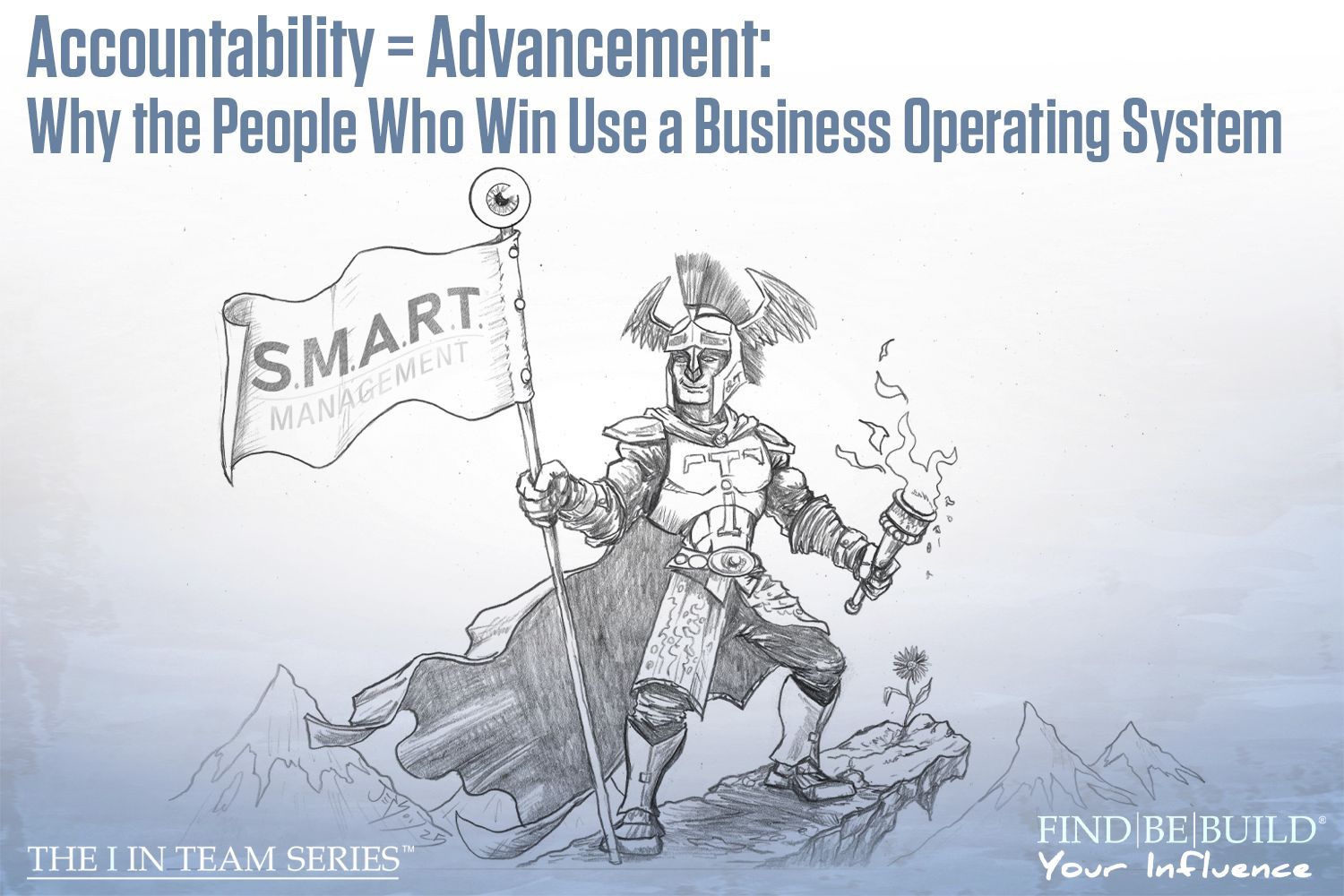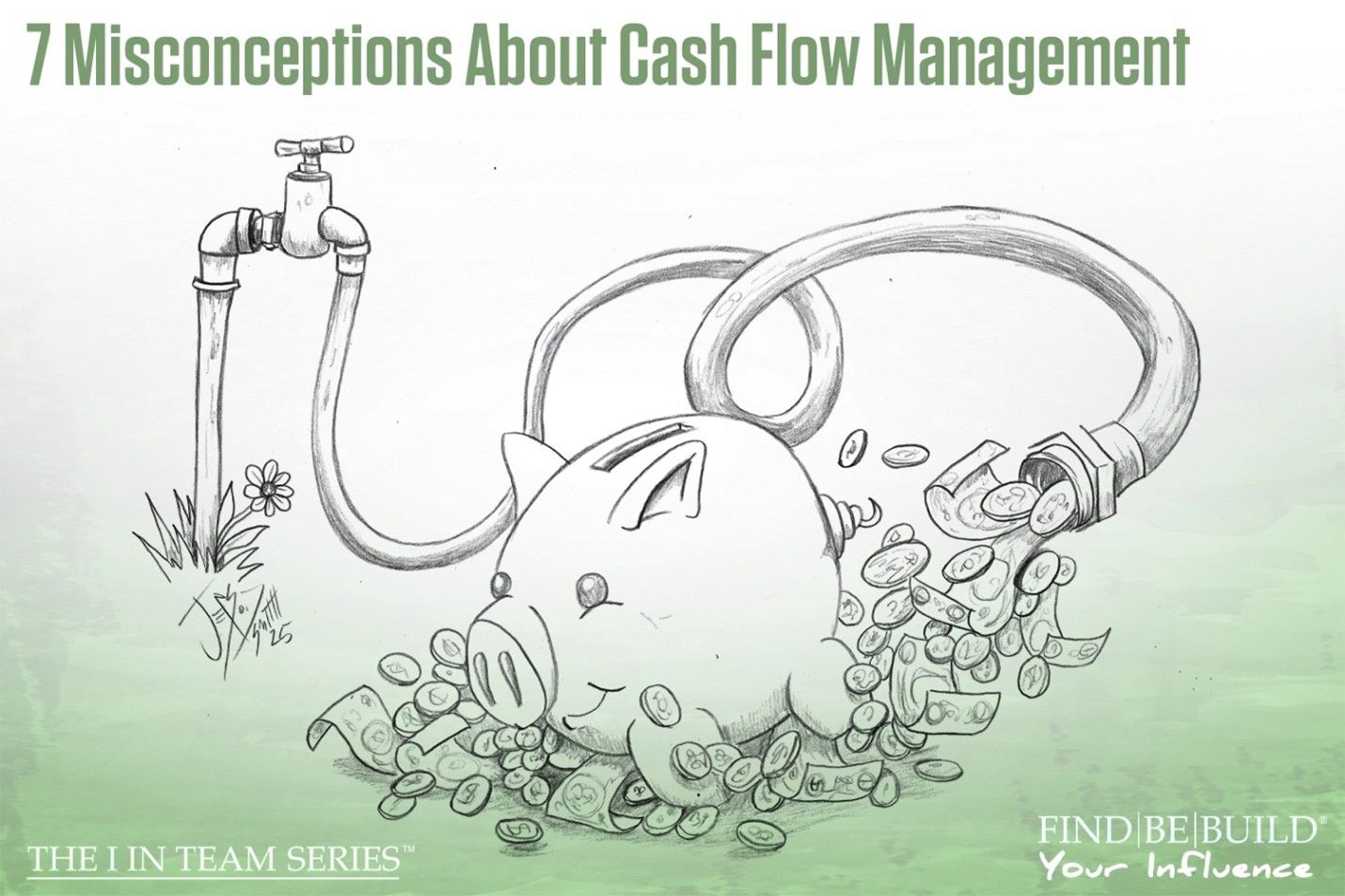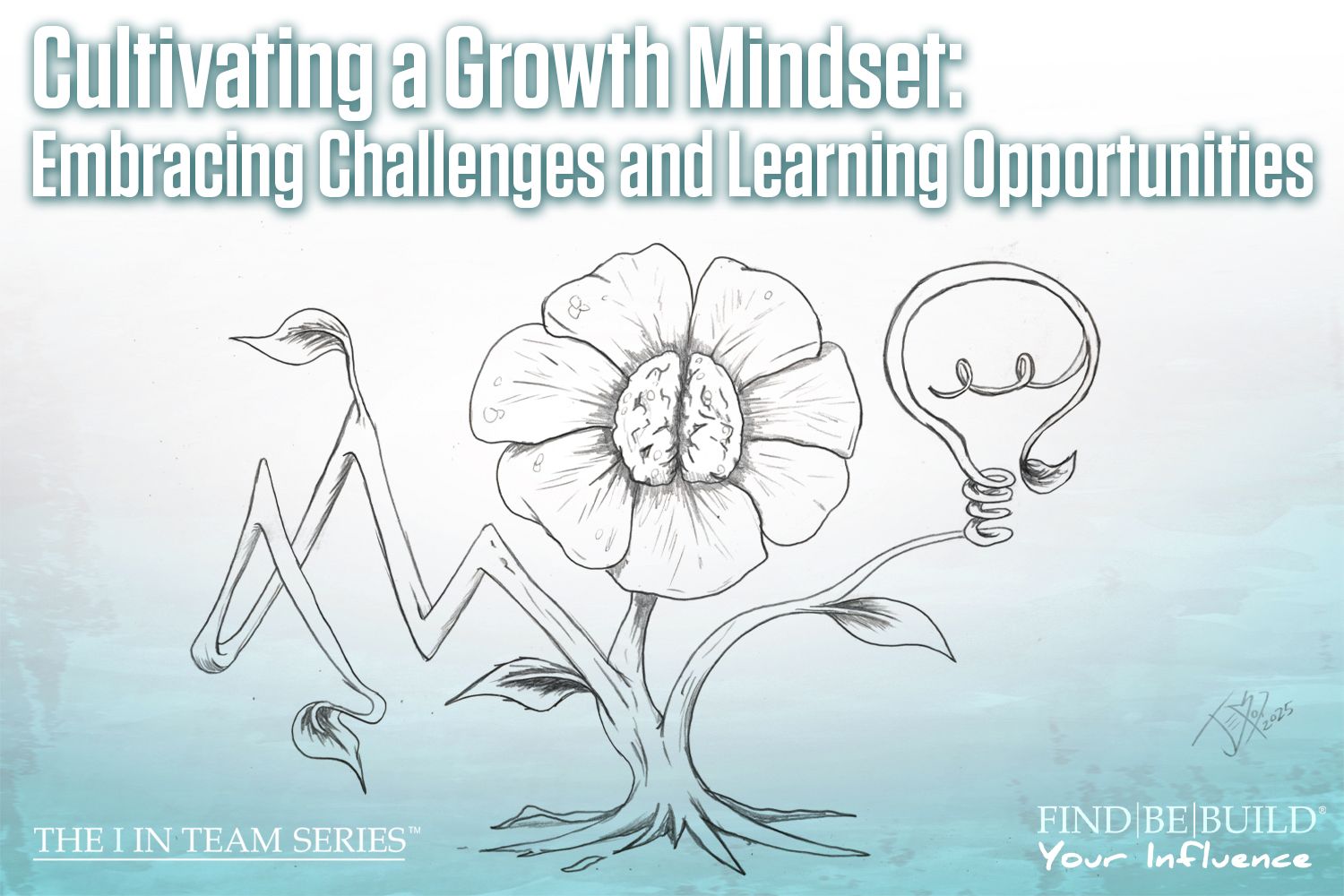Innovate to Differentiate from the Masses

Innovative business consulting
Written by: Brian Smith
When it comes to business we all have been there, feeling as though we are one in a million vying for the same customers. You may have tried several marketing strategies and approaches for years with little or no visible return on your efforts. If you find yourself questioning your current strategy don’t feel alone in this fact. According to HubSpot Inc. , 60 percent of companies worry about generating traffic and leads from their marketing. The other 40 percent focus on proving the ROI of their current marketing strategy.
If you find that your business is not generating enough growth you might be wondering what your next steps should be. It primarily comes down to the new business climate of today; the nature of business is continually evolving. Technology keeps shortening the lifespan of products and organizations. Leaders, who don’t keep pace with the change, run the risk of being left behind. Choosing the proper trajectory for your company can be difficult but with the right leadership you can begin to innovate and differentiate from the masses.
Here are three key elements to get your business started on the differentiation path:
Identify Your Target Market
Understanding your consumer base is the core for your business. It is the very essence of why your business exists and strives to become. Whether you are offering a service or a physical product, each will have a specific audience that your business needs to identify with.
Identify Your Competitors
Once your business has identified its target market it is vital to analyze who else is vying for those consumers. Once you have identified them it is important to perform a SWOT analysis on each that you run across. This will help to identify your businesses’ strengths, weaknesses, opportunities, and threats. It is a structured planning method that evaluates those four elements and can be carried out for a company as a whole or a singular product that your business is offering.
Identify Your Competitive Advantage
The SWOT analysis should identify attributes that allows your business to outperform its competitors. This is your Competitive Advantage, a superiority that can provide the same value as its competitors but at a lower price, or can charge higher prices by providing greater value through differentiation.
These three building blocks begin to lay the foundation of the innovation process. They are the elements which begin the strategic planning that is required to reimagine your content and perhaps visualize your products and services in a new light. It paints a detailed picture of where your business is in the present. But in today’s climate you need to look beyond the present, you need to innovate for the future.
There are a number of different strategies that can guide you along the innovation path. An innovative leadership style in particular will take your business beyond the three elements and catapult your business into a new refreshing realm of creativity. Leaders who embrace innovative change let go of habits and practices that served them well in the past. They are willing to analyze past challenges and welcome new opportunities. More importantly they challenge the next level of thinking. Leaders must bolster the flames of innovation and welcome in fresh thinking to take your company to the next level.
© Individual Advantages, LLC 2017
The post Innovate to Differentiate from the Masses appeared first on IA Business Advisors.












